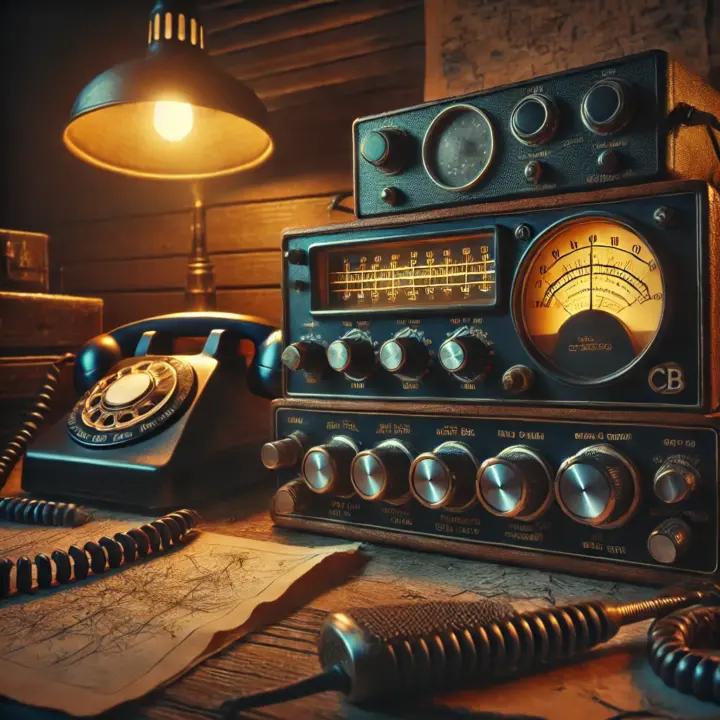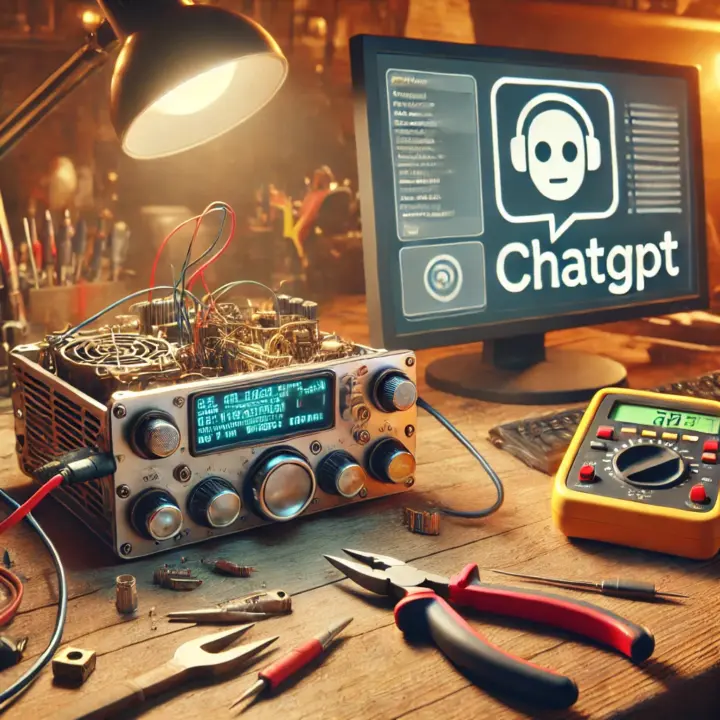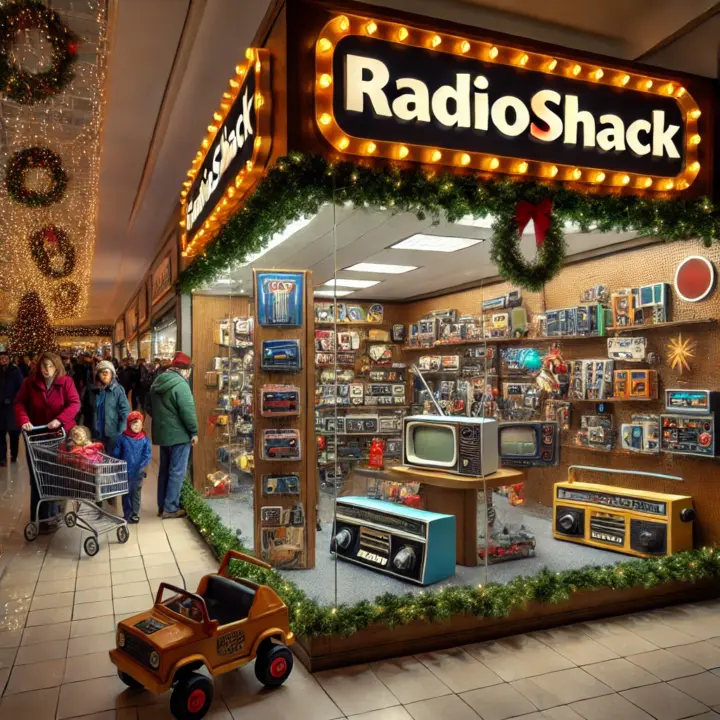The Dying Art of Radio Communication: A Nostalgic Look Back and Its Relevance Today he world of radio communication, especially the old rigs from the ’70s and ’80s, is something that many of us who lived through that era hold dear. These devices were once the pinnacle of technology, allowing people to connect in ways that were both practical and innovative. However, as time marches on, it seems that the number of people who appreciate these old radios is dwindling, and with them, a significant piece of history is fading away.
For those of us who grew up using these radios, the decline in interest among younger generations is stark. Today’s youth, when confronted with one of these devices, often scratch their heads in confusion, wondering what on earth they’re looking at. They might see it as a relic, an outdated piece of equipment with no place in the modern world. But for those of us who know better, these radios represent much more than that.
In times of real emergency, when modern communication systems fail, these old kings of technology are still incredibly relevant. They are not just nostalgic gadgets; they are survival gear. When society’s infrastructure breaks down, when cell towers are down, and the internet is inaccessible, these radios can still communicate. They remain a lifeline, a way to reach out when all else fails. Those of us who still have them and use them, whether for day-to-day communication or as a hobby, understand their true value.
I remember the days when we would participate in “fox hunting,” an activity that brought radio enthusiasts together for a bit of competitive fun. In the town next to us, a group of maybe 10 of us would gather, each pair in different vehicles, one person reading the meter while the other drove, trying to track down the hidden transmitter. It was a community event, a way to connect and challenge ourselves. But today, gathering a group like that would be a challenge in itself, let alone getting people interested in the activity.
And let’s not forget how times have changed. If we tried to organize a fox hunt today, we’d probably be swarmed by police, scratching their heads and wondering what on earth we were doing. The world has moved on, and activities that once seemed normal now appear suspicious or strange to those who don’t understand the history or the technology.
But for those of us who lived it, who still have those old rigs, and who still use them, there is a sense of pride and nostalgia. We are a dying breed, yes, but we hold on to something that is still vital in its own way. We know that when everything else fails, these old radios won’t. And that knowledge, that experience, is something worth preserving, even as the world around us continues to change.
So, while it may be harder to find people who share this passion, and while the younger generations might not see the value in these old rigs, we know their worth. And as long as we continue to use and care for them, a part of that old world will continue to live on, ready and waiting for the moment when it’s needed most.
The Dying Art of Radio Communication: A Nostalgic Look Back and Its Relevance Today



